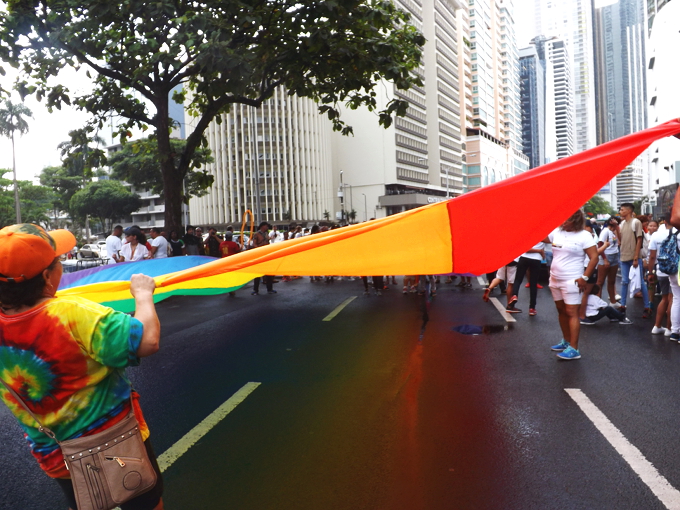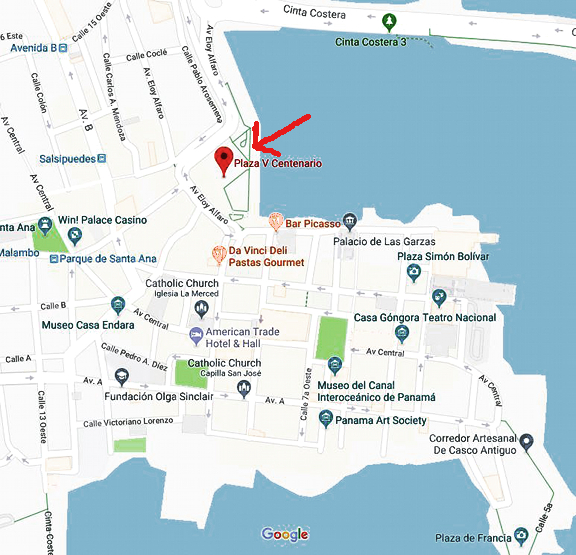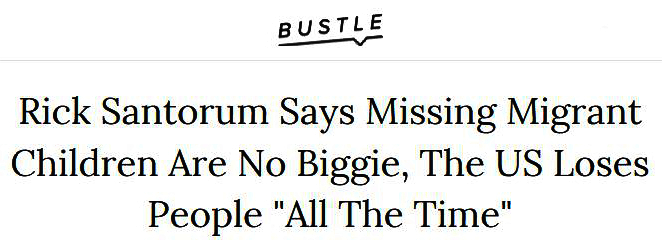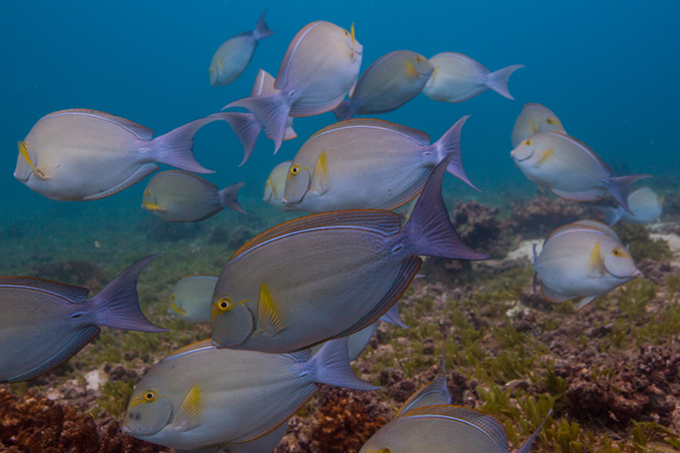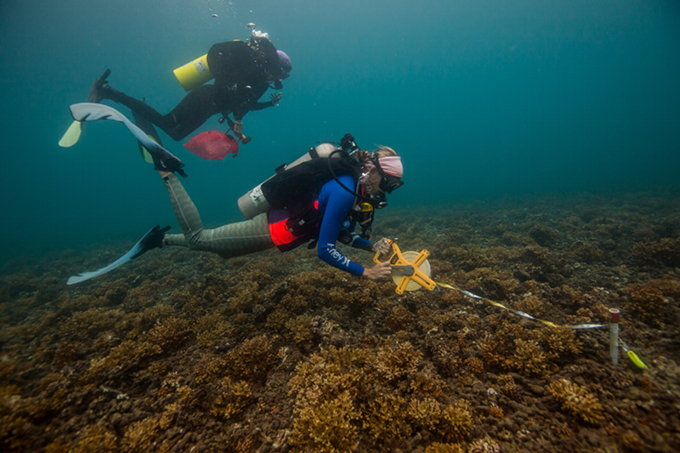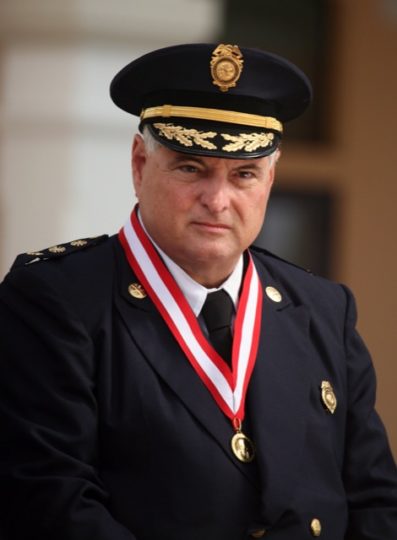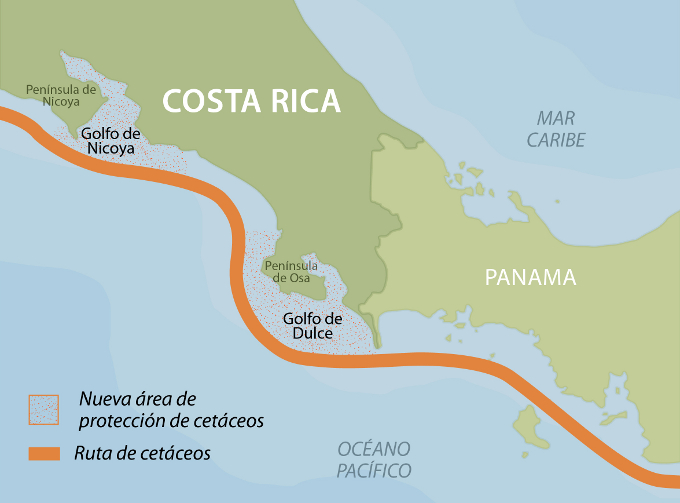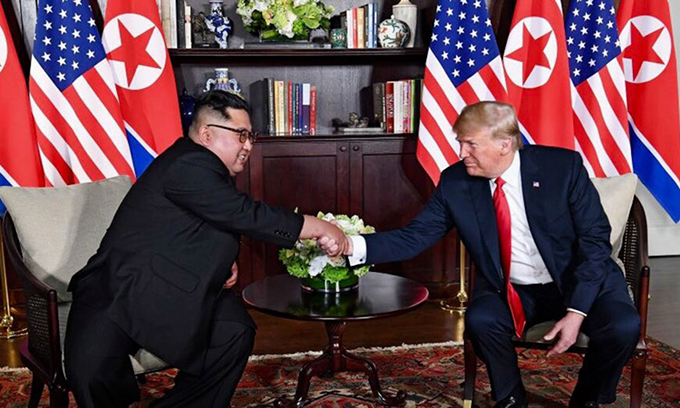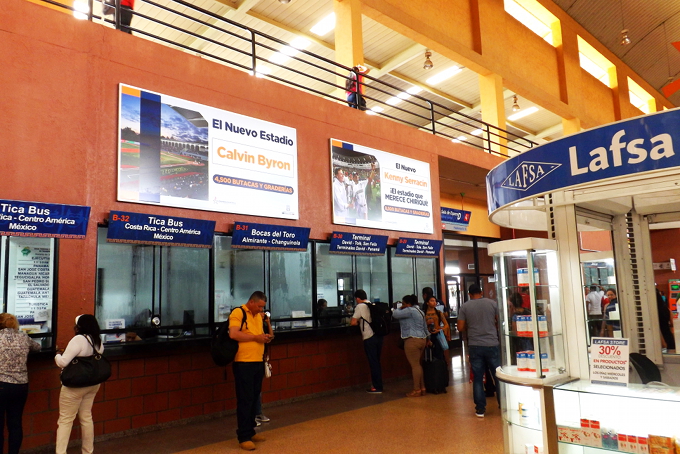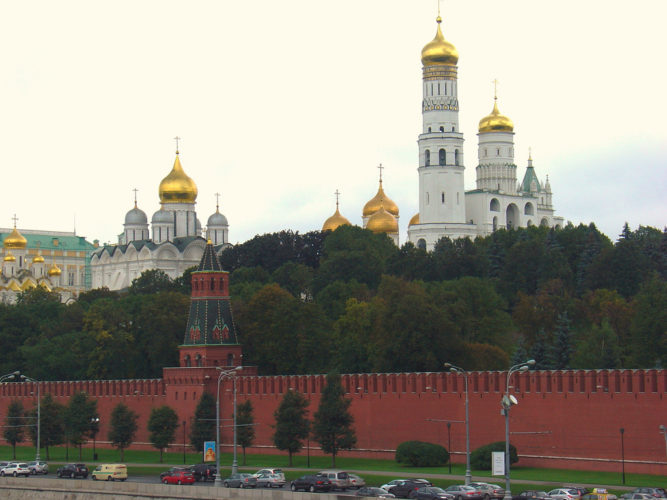
The 2016 Russian political hacks
By reading special prosecutor Mueller’s indictments so far, reports of media in several countries (whose partisan editorial slants should always be taken into consideration), following the claims of several real or alleged whistle blowers and taking note of various unrelated or distantly related cases, we can sum things up, separate out some unlikely assertions, and the outlines of certain truths begin to emerge.
The Russians have interfered in US politics, and they are not the only offender. However, both by hacking and by trolling their operations that affected the 2016 US election cycle were the most audacious and comprehensive to date. Which is not to say that the Israeli online propaganda — about which there have been boasts of a network of 100,000 trolls — data mining and targeted vilification operations are inconsequential, or that there aren’t other major players or aspiring players.
The most loyal media backers of the corporate wing of the Democratic Party don’t tend to exactly follow the party line as enunciated by Debbie Wasserman Schultz and handed down through state party organizations, among which is counted Democrats Abroad. Those directives tried to prohibit discussion about online spying, the revelations of Edward Snowden in particular, and things like party membership and campaign strategies. The New York Times and The Washington Post could not precisely follow such a “need to know” secretive culture and maintain a pretense of credibility. But as details have come out, they have tended to skirt the enormity of what happened.
US counterparts got the Russian hacking story largely from Dutch intelligence and from a British ex-spy. Perhaps some of that is a cover tale to hide the extent and capabilities of NSA and other US government agencies’ spying. But if the Dutch cooperation story is remotely true, it suggests two things:
1. US cyber defenses were inadequate in the latter part of the Obama administration; and
2. By supporting neo-nazi groups all across Europe the Trump administration surely undermines further cooperation of the sort that the Obama administration received.
And what did Dutch intelligence, Mr. Steele and Mueller’s indictments to date tell us? That this was not a one-shot operation in which a lone hacker or a small group wormed their way into one or a few email accounts. That it was an operation by a government agency of at least dozens of people that went on for at least a year. That the data released via WikiLeaks were but a small part of what was captured. That the Russian hackers went after the Republican National Committee as well as the Democratic National Committee.
The attack on Julian Assange includes a complaint about how he released some personal details about Democratic Party donors that could make them vulnerable to crimes or other unwanted intrusions into their private lives. The party and the donors have reason to be angry. WikiLeaks says that mostly it redacted this stuff out but the trove was so large that in some cases the job was by mistake incompletely done. Assange’s anger should be no big surprise – to his eyes, he was doing valid journalism that embarrassed the US government and to stop him he was set up on a bogus Swedish rape charge. Whether he believes her personally responsible, he saw Hillary Clinton as the standard bearer for the faction that did that to him and struck back when fed information damaging to them. Just like, with the help of Cambridge Analytica, Facebook and Google, Russian operatives identified the passions of tens of millions of US voters and played with them, Assange’s personal passions were manipulated by Russian operatives.
Blame duly assigned, the question is settled except for the 2018 and 2020 campaign posturing? Not by a long shot, no matter the carefully edited talking points.
For starters, the Democratic National Committee put its donor list into a server, which was online to the extent that somebody could get it, or else extracted that extensive list and sent it to somebody via an email that was intercepted. The published details of how long the hacking went on, and yesteryear’s boasts of the careful collection and centralization of Democratic party information in a huge database at the top, combine to suggest that on Debbie Wasserman Schultz’s shift everything was kept on a single server, all of which was copied by the Russians.
The Kremlin, annoyed by US backing for the coup in Kiev and other Obama administration moves taken to be most unfriendly, went after Democrats in 2016 but their spy operations were against Republicans too. For lack of the public use of data stripped from the GOP we have yet to get so many hints about how good or bad their database security was.
There are indications that on Tom Perez’s shift at the DNC certain changes have been made. All of the committee’s computer nerds and database operatives from the prior regime have been dismissed. Most have found jobs elsewhere. The “go to” consulting firms and state party apparatuses are still full of people who “learned the game” in the Debbie Wasserman Schultz era.
Surely some of the veterans of this debacle have learned the hard lessons, but the problem with the culture of the corporate wing of the Democratic Party is that frank admissions of error lead not to improvements but to disgrace and dismissal. Just like in the cutthroat, back stabbing corporate world.
The Democratic Party as a whole is on its public face still in denial about what happened. Its lawsuit against the Russians et al, however, may hold the promise of discovery that leads to something close to full disclosure at a future date.
Many of the Bernie folks are as much in denial as their intra-party rivals. Bernie Sanders himself owns up to Russian manipulation in online groups bearing his name. Some of us who bring up this uncomfortable set of facts find discussion of it promptly deleted from certain Facebook groups, but other of us want to see the groups, individuals and personnae involve to be identified as fully as possible. We hope that Mr. Mueller as fully and honestly as possible reveals these details in reports to come.
The Republicans? We see that some of the most vicious posters of campaign racism on a notorious Zonian Facebook wall are now conspicuously absent. I have yet to see a GOP statement about the reported Russian hacking against the Republican Party. On top of Mr. Trump’s assertive lies, there is also a lot of tacit denial in the silences from that side of the aisle.
This year the partisan warfare is too intense, with the stakes too high, for much hope of a broad American consensus about how to meet the threat. But there is a threat, not just a Russian one, and the nation sorely needs a consensus response among Democrats, Republicans, Libertarians, Greens, independents and others. Probably any such consensus must come in bits and pieces.
The obstacles to consensus are those who think that the truth does not matter. The neocons who led America to war for a lie in Iraq, the alt-right and their Nazi propaganda principles, David Brock and his crew who vilified Anita Hill when he was a Republican and vilified Bernie Sanders with the “Bernie Bros” hoax when he was working for Hillary, the religious fanatics who believe in the inerrant truth of the Holy Bible except for the Ninth Commandment — those folks need to be ignored any discussion of common patriotism and good will among Americans who want to set things right. Not burned at the stake, subjected to government censorship or accused of treason, just ignored.
Among the rest of us, the principles that Americans must protect the integrity of all parts of our electoral process from foreign manipulation, that American public discourse should be among people and not with bots and that there is such a thing as truth and it’s something to be valued ought to be the starting points.
An American consensus in the national interest, one that is above all about ethics, is possible and necessary — even if that seems to be some sort of utopian delusion in these troubled times.
A key requirement for bail
Ricardo Martinelli fled the country to avoid prosecution. Yet now we see that there will be a bail hearing on Friday at the Supreme Court, on the electronic eavesdropping charges.
That case goes way farther than what is charged, but the charges do include the theft of the hacking hardware and software used. Martinelli’s people stripped these out of their places in government offices at Quarry Heights and they were last seen at one of his private Super 99 offices.
There are indications that Martinelli systematically copied the filed of government agencies of information about individuals that’s legally supposed to be confidential, for use in a campaign database. We know of 150 individuals who were special targets of Martinelli’s personal surveillance with the missing machines, but prosecutors have steadfastly refused to disclose to the much larger group of people who exchanged emails and telephone calls with the named individuals the facts and known extent of Martinelli’s intrusions into their privacy. We know that virtually all Panamanian online media not controlled by Ricardo Martinelli were the targets of malicious hacks in the days and weeks before the 2014 elections.
The hardware and software that Ricardo Martinelli stole are crucial bits of evidence and as long as these are not handed over to authorities that should be the overriding reason why the former president should not be released from preventive detention. So long as the spy equipment is not handed over he’s concealing evidence and obstructing justice. While he’s doing that the courts should be unsympathetic to any request of his.
Bear in mind…







